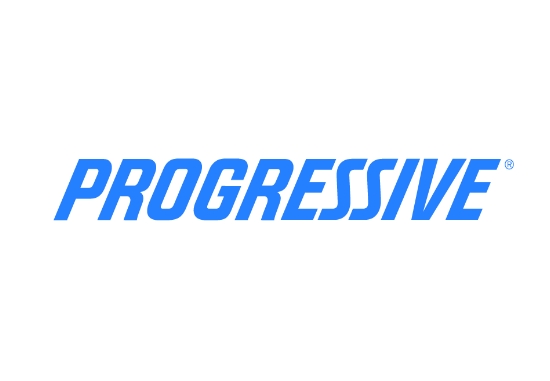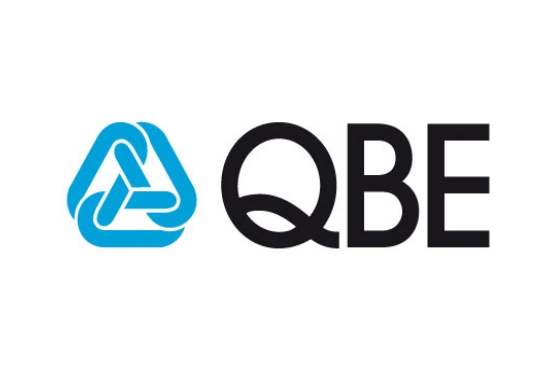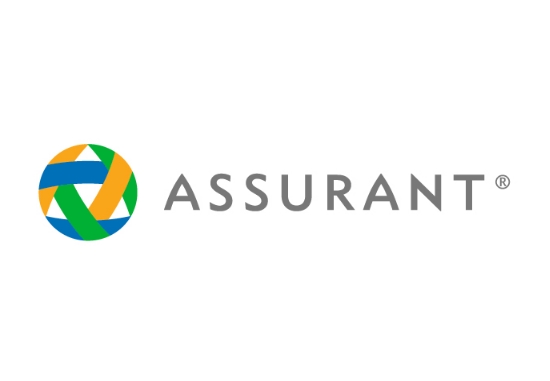What is the fault liability rule?
Understanding the Fault Liability Rule: Definition, Application, and Implications
The fault liability rule is a fundamental legal principle that governs liability in civil cases, including personal injury and property damage claims. This comprehensive guide explores the fault liability rule in detail, covering its definition, application in different legal contexts, and the implications for plaintiffs and defendants involved in litigation.
Definition of the Fault Liability Rule
The fault liability rule, also known as the negligence standard, holds individuals or entities responsible for the harm caused by their failure to exercise reasonable care. Under this rule, liability is imposed when a person’s conduct falls below the standard of care expected in a given situation, resulting in injury or damage to another party.
Application in Different Legal Contexts
Personal Injury Cases: In personal injury lawsuits, plaintiffs must prove that the defendant’s negligent actions or omissions directly caused their injuries. The fault liability rule requires demonstrating that the defendant breached a duty of care owed to the plaintiff, leading to foreseeable harm.
Property Damage Claims: The fault liability rule also applies to cases involving property damage, such as vehicle accidents or premises liability claims. Plaintiffs must establish that the defendant’s negligent behavior caused damage to their property, whether through careless actions or failure to maintain safe conditions.
Professional Malpractice: In professions such as medicine, law, or engineering, professionals are held to a higher standard of care. The fault liability rule applies in malpractice cases, where plaintiffs must demonstrate that the defendant breached the applicable standard of care, resulting in harm to the plaintiff.
Implications for Plaintiffs and Defendants
Burden of Proof: Plaintiffs bear the burden of proving the defendant’s negligence or fault in civil cases. They must provide evidence showing that the defendant’s actions or omissions caused their injuries or damages.
Comparative Fault: Some jurisdictions follow a comparative fault system, where damages are apportioned based on each party’s degree of fault. Plaintiffs may still recover damages even if they are partially responsible for their injuries, although their recovery may be reduced proportionately.
Defenses to Liability: Defendants in civil cases may raise various defenses to liability, such as contributory negligence, assumption of risk, or lack of causation. Understanding these defenses and addressing them effectively is crucial for plaintiffs seeking compensation.
The fault liability rule serves as a cornerstone of civil litigation, holding individuals and entities accountable for their negligent actions or omissions. By understanding the application of this rule in different legal contexts and its implications for both plaintiffs and defendants, parties involved in civil disputes can navigate the legal process more effectively and pursue just outcomes.
We will find the best business insurance tailored to your needs. Read more…
Related Posts
Get a Right Insurance For You
SHARE THIS ARTICLE
We will compare quotes from trusted carriers for you and provide you with the best offer.
Protecting your future with us
Whatever your needs, give us a call, have you been told you can’t insure your risk, been turned down, or simply unhappy with your current insurance? Since 1995 we’ve been providing coverage to our customers, and helping people across United States.













